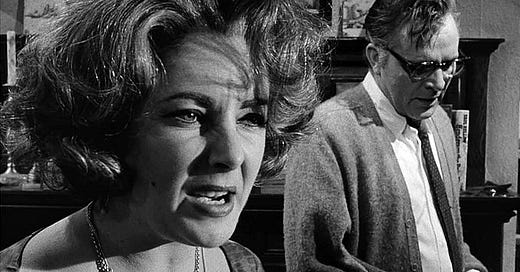Wait, since when are movies black and white again?
I just got back from The Iron Claw, the feel-bad movie of the holiday season. While only the first 10 minutes of the film are in black-and-white, it got me thinking about how far we’ve come on monochrome. Back in 2011, mimicking the aesthetics of Old Hollywood was enough of a novelty to propel a little-known French filmmaker to Best Picture at the Oscars. Today, black and white seems to be going back in style.
Apart from Iron Claw, this year saw Maestro, Asteroid City, and one of the year’s biggest hits, Oppenheimer. All feature a mix of black-and-white and color photography that would’ve been seen as an alienating gimmick a few short years ago. There’s also Divinity, LOLA, Fremont, Kokomo City, and even Poor Things. This renewed interest in black-and-white reflects not only a moment in film history, but one of the first significant trends of the 2020s for the film industry.
How did we get here?
Major Hollywood studios stopped producing black-and-white films fairly suddenly in the mid-’60s, when the major TV networks switched to color. By that point, color film had been around for decades, and had come to signify big visual spectacles, where black-and-white became associated with dramas and small-to-medium productions.
By the end of the ‘60s, only independent and international productions were in black-and-white. At this time, it was still significantly cheaper to shoot in black-and-white, creating a new paradigm that held for decades. “Going to see a black-and-white movie” meant something esoteric, artsy, something of a chore.
There would still be hits, but they were either devastating, critically-adored dramas (Paper Moon) or send-ups to a bygone era (Young Frankenstein). If your name wasn’t Woody Allen or David Lynch, you were out of luck.





